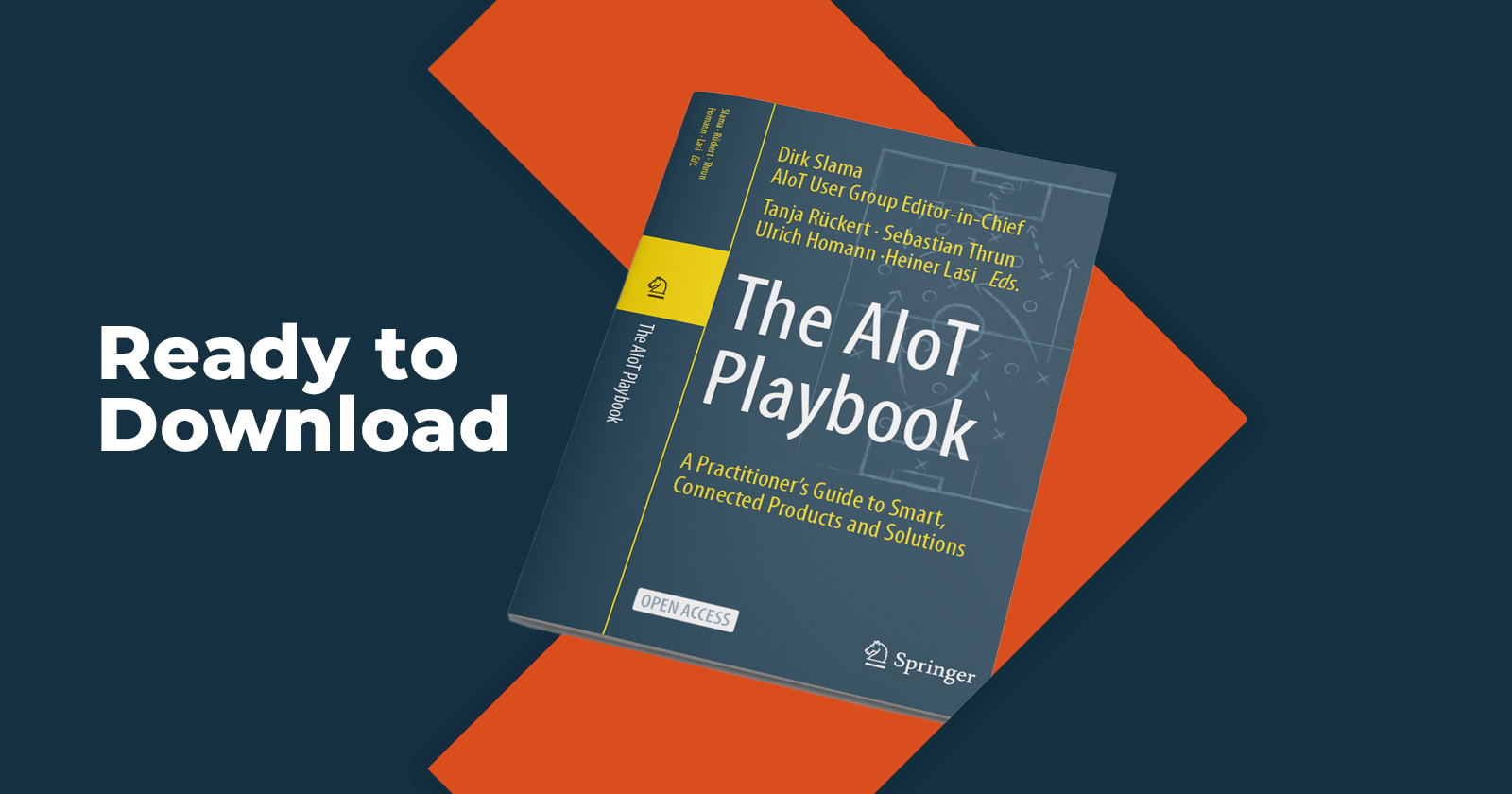Spotlight Series: Rethinking the Energy and Transportation Value Chain
Ed Maguire

This series highlights the key insights and lessons from our Digital Leadership series of podcasts. We spotlight the important takeaways from our interviews in an accessible format. The following insights come from Rob Massoudi, Global Head of Digital Transformation with ABB. Stay tuned for the full podcast interview with Rob Massoudi, in the meantime, take a look at our full library of podcasts.
Can you share what’s shaped your view of technology, the markets, and what has brought you to your current role at ABB?
My journey started as a computer science graduate, I have a minor in mathematics, and I landed in the land of mainframes, developing software and real-time operating systems, and from there it was downhill! I actually have over time transitioned into the business-to-business strategy, management consulting, and ultimately start-up company, and now here I am in this big industrial mega company, driving digital transformation.
So, my background is predominantly computer science, I was weaned on IT, and have gone through many phases as you can imagine, the Internet phase, the Y2K phase, and now the next big phase which is digital. This is really where computer science has come into the industrial companies, in a much bigger way than it has in the past. It’s a beautiful place of thought to be in, I always like to be in the cusp of disruption, transitions, and transformation, the new and the new as we call it in the industry. So, with the background of computer science, IT software, networking communications, hardware, and of course my last start-up company was a start-up in IoT, platform and advance machine learning, analytics applied to asset intense in industry. This sort of positioned me well to join ABB, and really bring that experience and knowledge in helping ABB create new value from the use of digital, and innovation in digital, and really figure out how to monetize that value in the longer run.
When we touch on the term digital transformation, we’d love to get your take on the term and really what the broader implications are.
That’s really a great question. You know it’s really simple, it comes down to one thing only, and that is how can we leverage digital technologies, meaning it has software, it's connected, and has intelligence, that’s integrated into the assets. How can we bring digital innovation from technology, digital technology, to drive business innovation in our customer-base, in order to create value? And that value could come in a number of different ways.
It could come from the way that they deliver their products and services to the market, and the products and services that they deliver as a result of use of our technologies, and most of the companies that we work with are infrastructure companies. So, it’s really all about that, it’s about how can our customers use digital technologies to innovate in their business, and create and extract value, thereby give ABB the ability to also create value for their customers and extract value.
Then of course there’s another very important dimension here, everybody is very focused on the technology, my group in particular we’re focused on where technology meets business and where technology delivers business results. And to that extent digital has also opened up an entirely new way of monetization, we call it the Maslow’s Hierarchy of Evolution of business models and commercial models, where you go from basic product doing what it’s doing, to now product as a service, in other words these assets now become a service within themselves, to ultimately product as an outcome. There’s evolution in the commercial models that parallels that.
So, it’s really about the two. It’s about a digital innovation and technology in the business, how that changes the business, and then how do you really monetize it through the business models, and commercial models.
How do you look at the changes coming in energy and transportation?
We’ve been looking at this for a while now, we entered the market asking the main question, a question anybody would ask which is…
- How is this market going to evolve?
- What are the driving forces?
- When is it going to evolve?
- What is it going to look like when it evolves?
- And, how do we really get out there and create value and help accelerate and drive the growth of this market.
So, the convergence of electricity and transportation happened a while ago, when the first EV car came out, and it’s got a very slow progression of adoption, and that’s sort of what’s raised the question for us which is, if we look into our crystal ball, where is that future, how far is it, and what’s going to help accelerate it, and what are the forces that are really driving it?
Can you define these big forces happening in energy and transportation?
We found six major factors that impact adoption in this market, the growth, and the acceleration and the growth in this market.
First and foremost, battery technology is definitely there, today it’s one of the most expensive components in electric vehicles. And increasingly as electric vehicles become autonomous, energy demand increases because it's fundamental they’re going to be data centers on wheels, so energy demand is going to increase. Of course battery technology is not on the same evolutionary path as semiconductors, it’s not logarithmic in any sense, it's materials science, and then you add some computer science to it. But it’s getting better, the prices are coming down, of course there is a chicken and egg with batteries, so the more vehicles out there the cheaper the batteries, the more expensive the batteries. So, that’s probably a factor. The cost of the battery in itself as a component of the total cost of ownership of the vehicle is still a pretty significant component, enough to throw off the economics. So, that needs to be taken a look at seriously and carefully.
The next thing that we realized as government policy and incentives the governments are putting in place, we see some governments are being extremely aggressive, some not so aggressive. We’ve seen that they’ve sort of been pretty much focused on the carrot, in the past of couple of years we’ve seen that they’re now focusing on the carrot and the stick, meaning incentives to adopt, and at the same time putting regulatory measures in to encourage people to not go the other way. These are mostly around emission standards and emission air quality, etc., and being imposed in various cities around the world. Actually city governments are really leading this, not the federal governments.
The third component of course was the value chain. There’s a shift from the hydrocarbon value chain to electrical, or electron value chain, and so there’s an entirely new infrastructure that needs to be built out. So, we call it the electrical infrastructure that’s required to ultimately charge and power these vehicles. And so that’s a complexity in itself because we’re talking about infrastructure, who is going to pay for it, how is it going to be deployed, or is it going to be deployed? How is it going to be affected by the overall adoption, and what happens with the vehicles, etc., and there’s urban issues and so on, and so forth. So, there’s a lot of challenges around the infrastructure.
The fourth element that we identified was electricity demand, what happens to electricity in aggregate, not just because of the vehicle, because the vehicle’s now being attached to a building. So, now we’re beginning to see a shift in the electrical and load profile of the buildings as a result of electric vehicles; which by the way will also happen as a result of automation like putting more robots and automating various things in the commercial-industrial sector. But now the building low profile is changing, so how is that shifting the demand, and that’s shifting the demand how is that impacting that value chain we talked about?
And of course, vehicle use, that’s a really critical competent here. Looking at the vehicle use itself, how often, where, how, when we have all these mobility services that are coming online and they’re going to very significantly impact the use which subsequently impacts everything else. And of course at the end of the day it’s also about the commercial models, without the right commercial models in place, we are not going to see the acceleration of the growth, and I’ll give you an example of that. If the only option for us is to pay time and a day charges for electricity, in order to charge our cars and vehicles, the economics are such that that’s just not going to work. And of course, who provides it and how much they get paid in the value chain is really key.
So we looked at the value chain and the money flow, and the potential need for commercial models, and there’s of course new elements in this value chain, what we call the replacement for the hydrocarbon value chain, and there’s needs for new commercial models in this area, even from financing these vehicles. Of course all of this digital technology is a huge component of this, and the underlying infrastructure, the digital capabilities within the underlying infrastructure are going to be very significant and a determinant in the commercial models. And how you address the electricity demand, all around the infrastructure itself, and battery technology, so on and so forth, even the vehicles. So, what we see is, there’s a convergence that is occurring between connected data and electricity in this world, and they have technological and commercial implications.
Momenta Partners encompasses leading Strategic Advisory, Talent, and Investment practices. We’re the guiding hand behind leading industrials’ IoT strategies, over 200+ IoT leadership placements, and 25+ young IoT disruptors. Schedule a free consultation to learn more about our Connected Industry practice.




